Kiosk Material: A Deep Dive into Its Value, Cost, and Future Trends
As a professional kiosk manufacturer, understanding the importance of material selection is crucial to creating durable, functional, and aesthetically pleasing kiosks. Stainless steel and aluminum are foundational materials in kiosk construction due to their corrosion resistance, strength, and ability to withstand harsh environments. While stainless steel offers unmatched durability, aluminum provides a lighter and cost-effective alternative, especially for sleek designs. Tempered glass is indispensable for touchscreens, offering both strength and clarity, ensuring a seamless user experience. Composite panels combine materials like aluminum and polyethylene, providing excellent insulation and weather resistance, making them ideal for outdoor applications.
The cost of materials varies significantly, with stainless steel being more expensive but offering superior durability, while plastic and composite panels provide more budget-friendly options without compromising on quality. However, with the increasing demand for sustainable solutions, the industry is shifting towards eco-friendly materials like recycled aluminum and biodegradable plastics. These options not only reduce environmental impact but also align with global trends towards sustainability.
Looking ahead, the future of kiosk materials lies in the development of smart materials that adapt to environmental conditions, enhancing energy efficiency and user interaction. Nanotechnology may also play a role in creating self-cleaning and anti-bacterial surfaces, particularly valuable in high-touch areas. As the industry evolves, the balance between cost, durability, and environmental responsibility will drive innovation, ensuring that kiosk materials continue to meet the demands of a changing world.

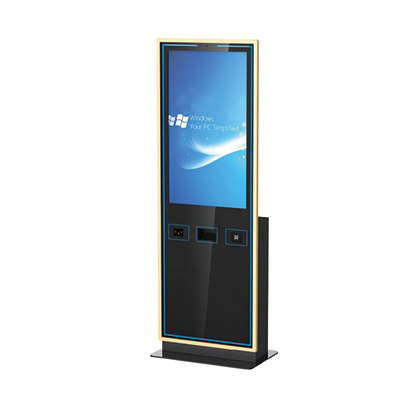
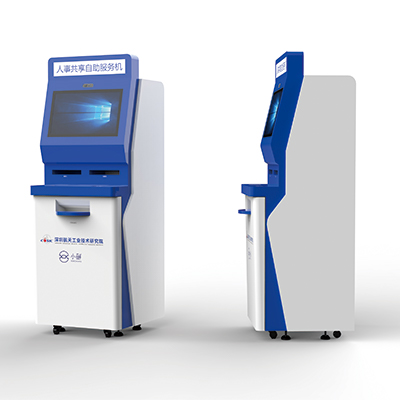
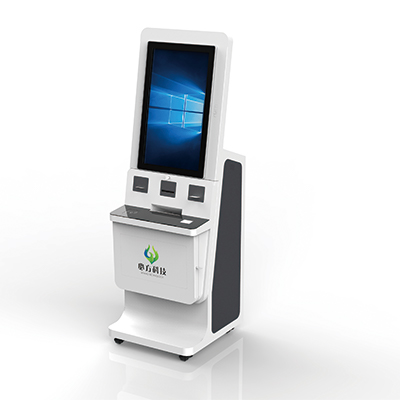
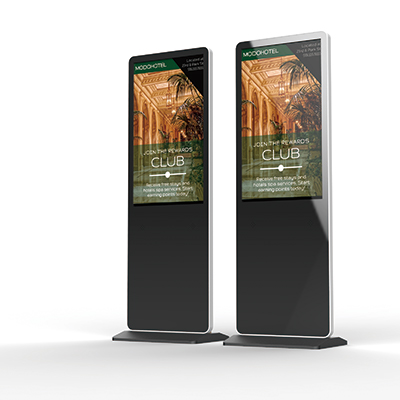

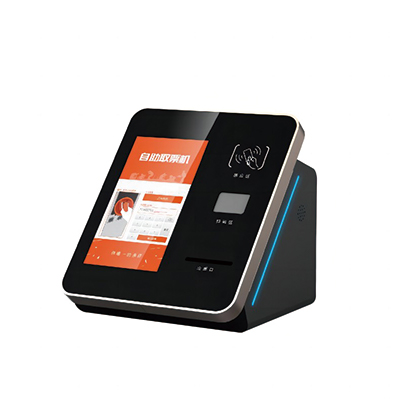
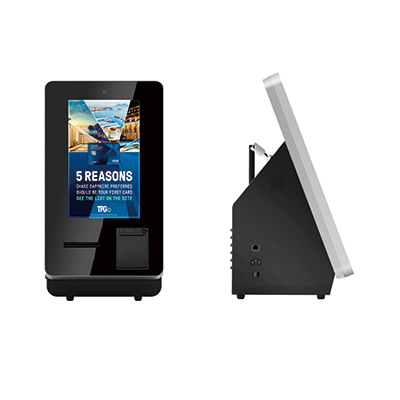
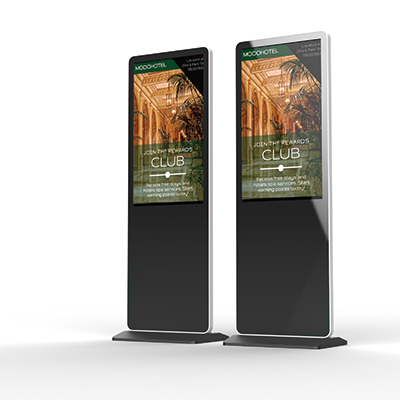
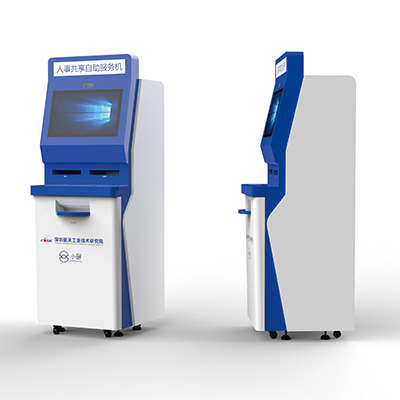
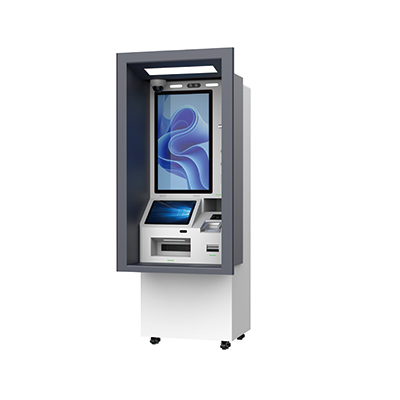
What did our happy clients say?
The in-depth analysis of kiosk materials in this article is truly impressive. It showcases the expertise and professionalism of Lean Kiosk System, making them a top recommendation for anyone seeking high-quality, durable, and sustainable kiosk solutions.
Lean Kiosk System has outdone itself with this insightful article on kiosk materials. The thorough exploration of cost, sustainability, and future trends reflects their deep industry knowledge, making them a go-to choice for kiosk manufacturing.
This article from Lean Kiosk System offers a masterful breakdown of kiosk materials, combining expertise with a clear vision for the future. Their commitment to quality and innovation is evident, making them a highly recommended manufacturer.
The detailed understanding of kiosk materials presented here is exceptional, highlighting Lean Kiosk System's leadership in the industry. Their focus on durability, sustainability, and innovation makes them the ideal partner for any kiosk project.